Latest News
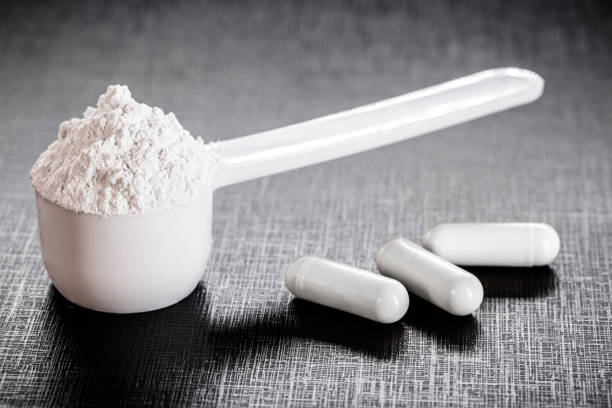 Enhancing Oil Recovery Processes with Powder Anionic Polyacrylamide
2024-03-27
Enhancing Oil Recovery Processes with Powder Anionic Polyacrylamide
2024-03-27
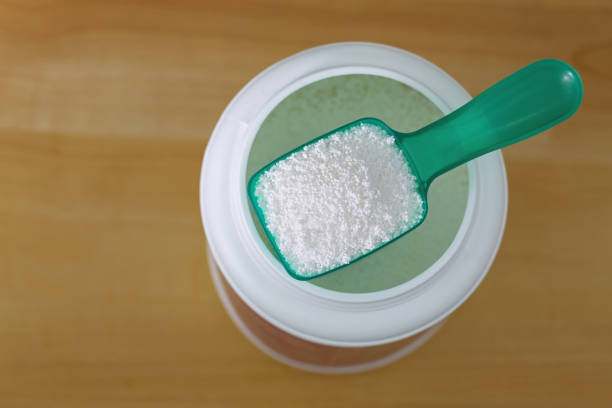 Impact of Powder Anionic Polyacrylamide in Enhancing Papermaking Processes
2024-03-25
Impact of Powder Anionic Polyacrylamide in Enhancing Papermaking Processes
2024-03-25
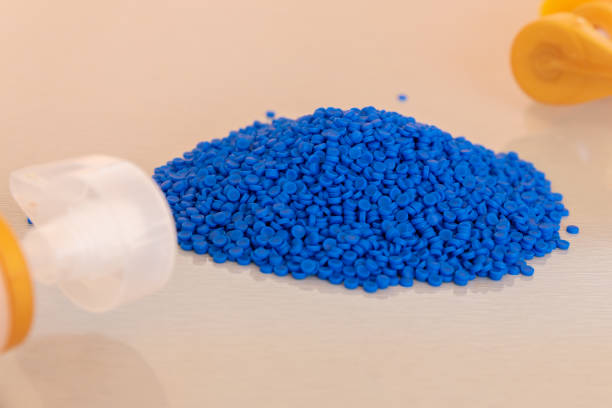 Navigating Environmental Stewardship: The Impact of Polycrylamide Emulsions
2024-03-23
Navigating Environmental Stewardship: The Impact of Polycrylamide Emulsions
2024-03-23
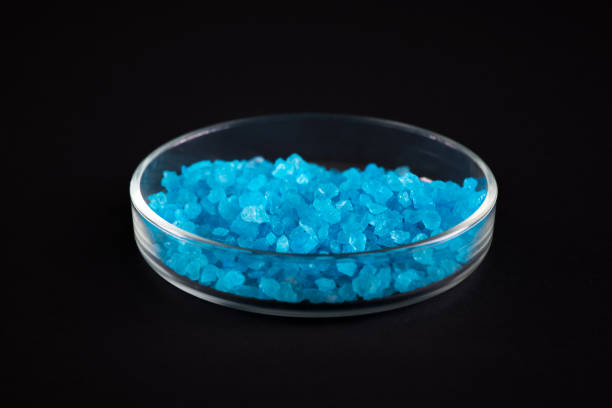 Finding the Perfect Compatibility: Polycrylamide Emulsions and Other Chemicals
2024-03-21
Finding the Perfect Compatibility: Polycrylamide Emulsions and Other Chemicals
2024-03-21
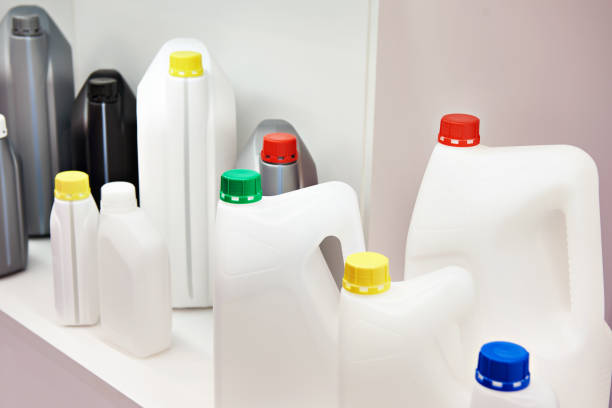 Enhancing Efficiency in Oil and Gas Drilling with Polycrylamide Emulsions
2024-03-19
Enhancing Efficiency in Oil and Gas Drilling with Polycrylamide Emulsions
2024-03-19
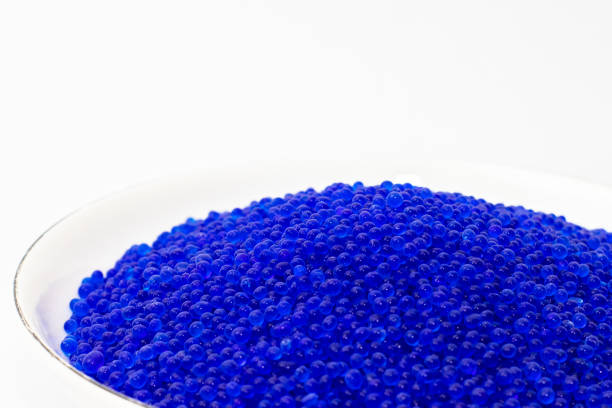 Production Process and Formulations of Polycrylamide Emulsions
2024-03-17
Production Process and Formulations of Polycrylamide Emulsions
2024-03-17
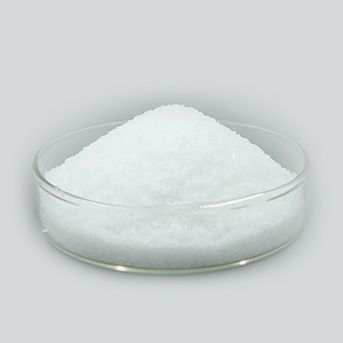
SINOFLOC amphoteric flocculants are partially hydrolyzed polyacrylamide with high molecular weight. This amphoteric polyacrylamide is easily to remove both the positive and negative charged contents particles in a suspension solution.
|
Products |
Product Code |
Cationic Charge |
Anionic Charge |
Molecular Weight |
|
Amphoteric PAM Powder |
SINOFLOC 502 |
Low |
Medium |
High |
Amphoteric polyacrylamide also called zwitterionic polyacrylamide or dipolar ionic polyacrylamide. The molecular chain of the amphoteric flocculant has two or more functional groups, of which have at least one anionic charge and one cationic charge. Unlike other mono-ionic polyacrylamides that only form either a cationic or anionic charges, the amphoteric polyacrylamide simultaneously have both ionic states.
Amphoteric polyacrylamide is copolymerized by acrylic cationic monomer and acrylamide monomer. The anionic charge forms after the hydratization of the acrylamide monomer, and the cationic charge forms from the acrylic monomer. Thus, the amphoteric polyacrylamide has both positive and negative charges on its molecular chain.
Leave us Message
